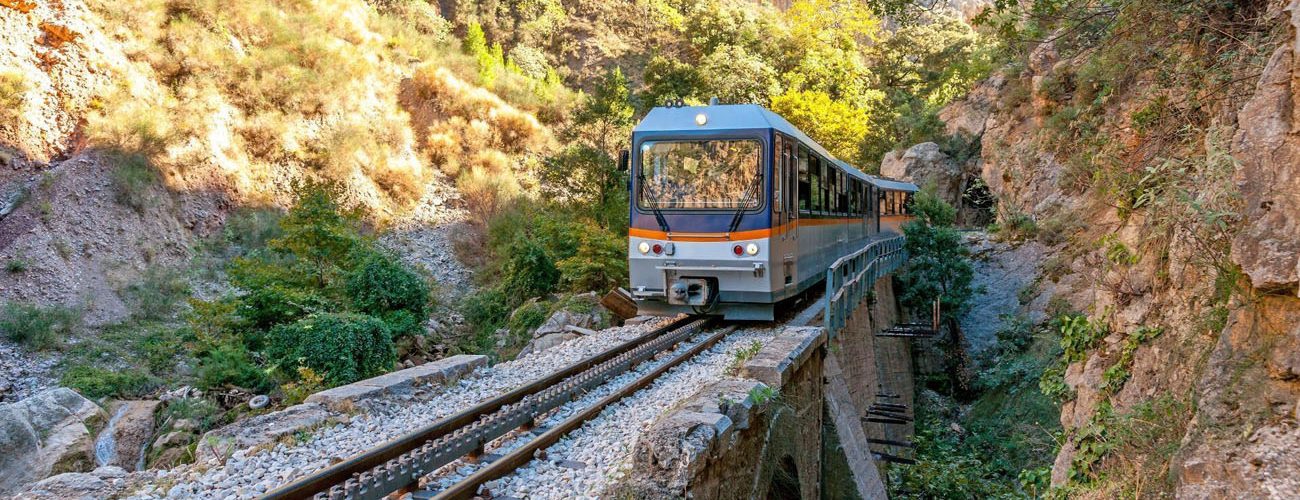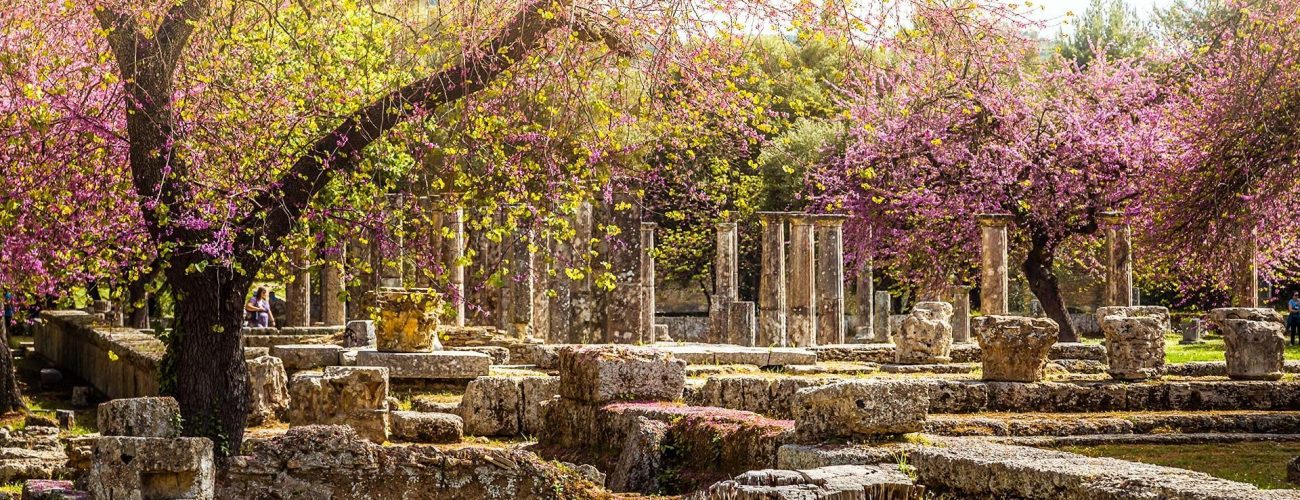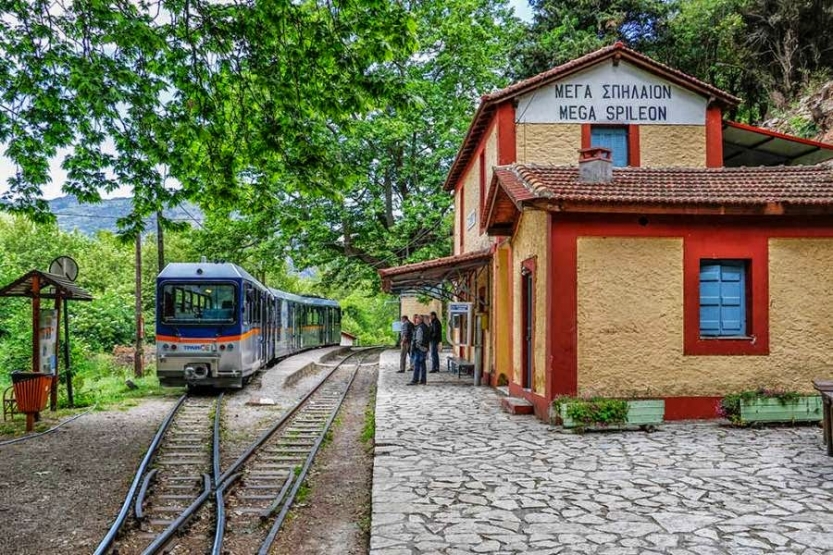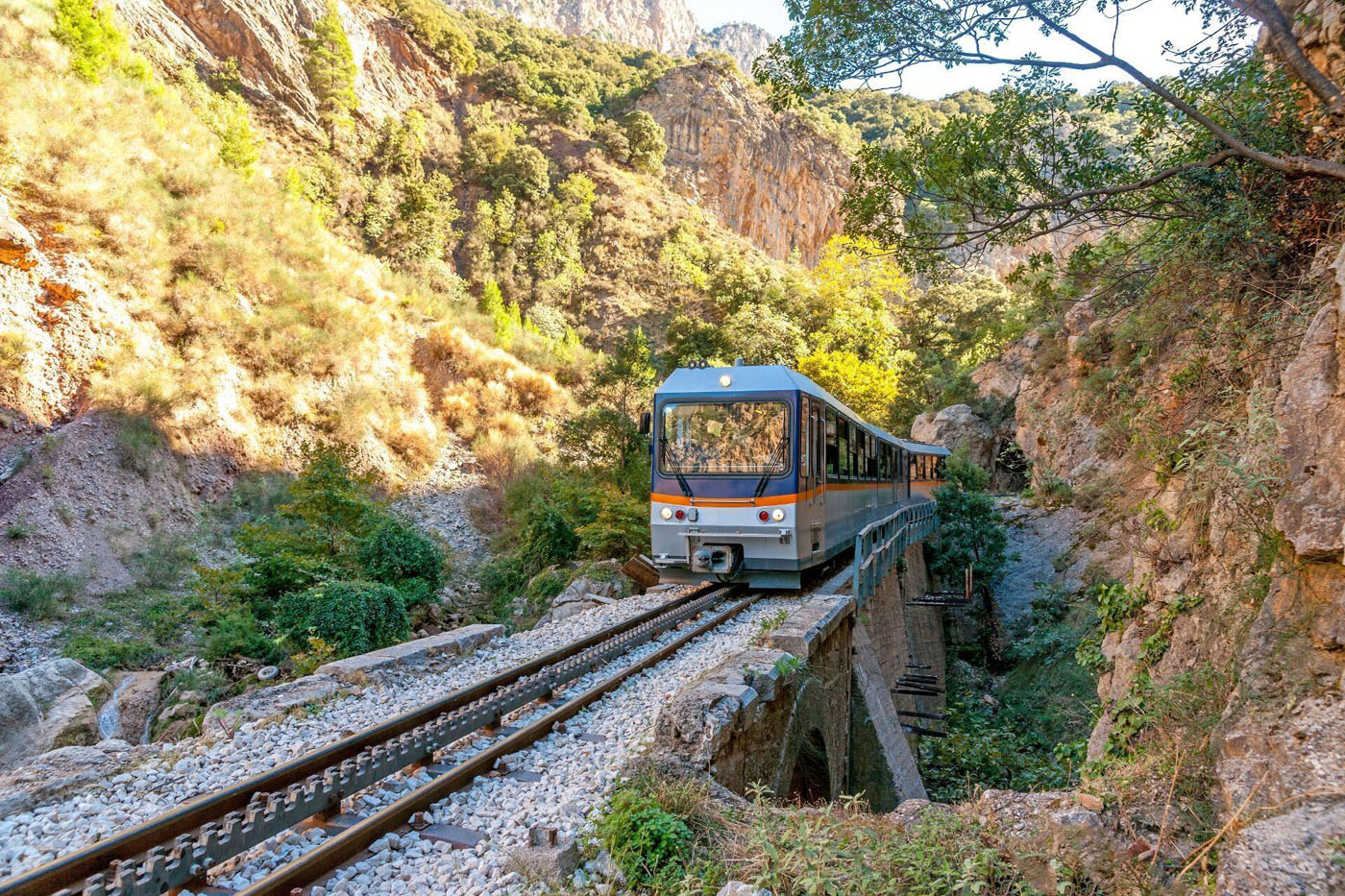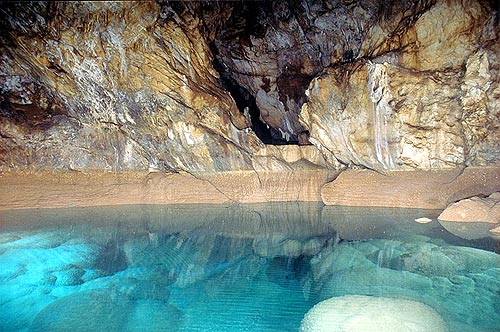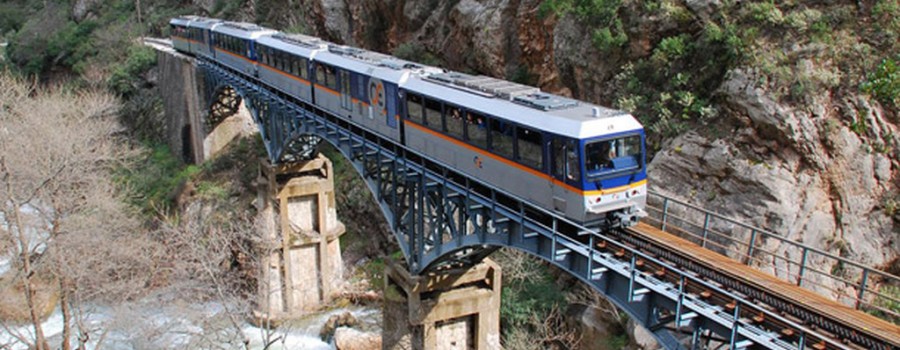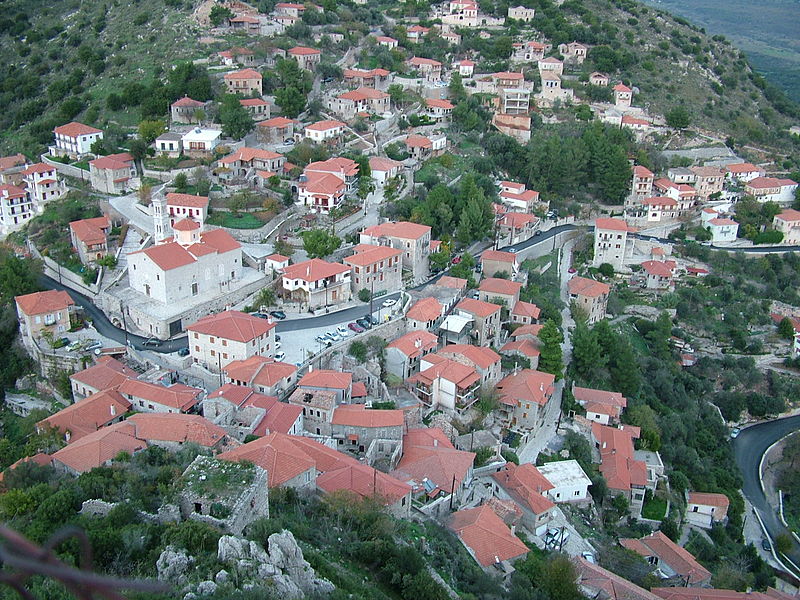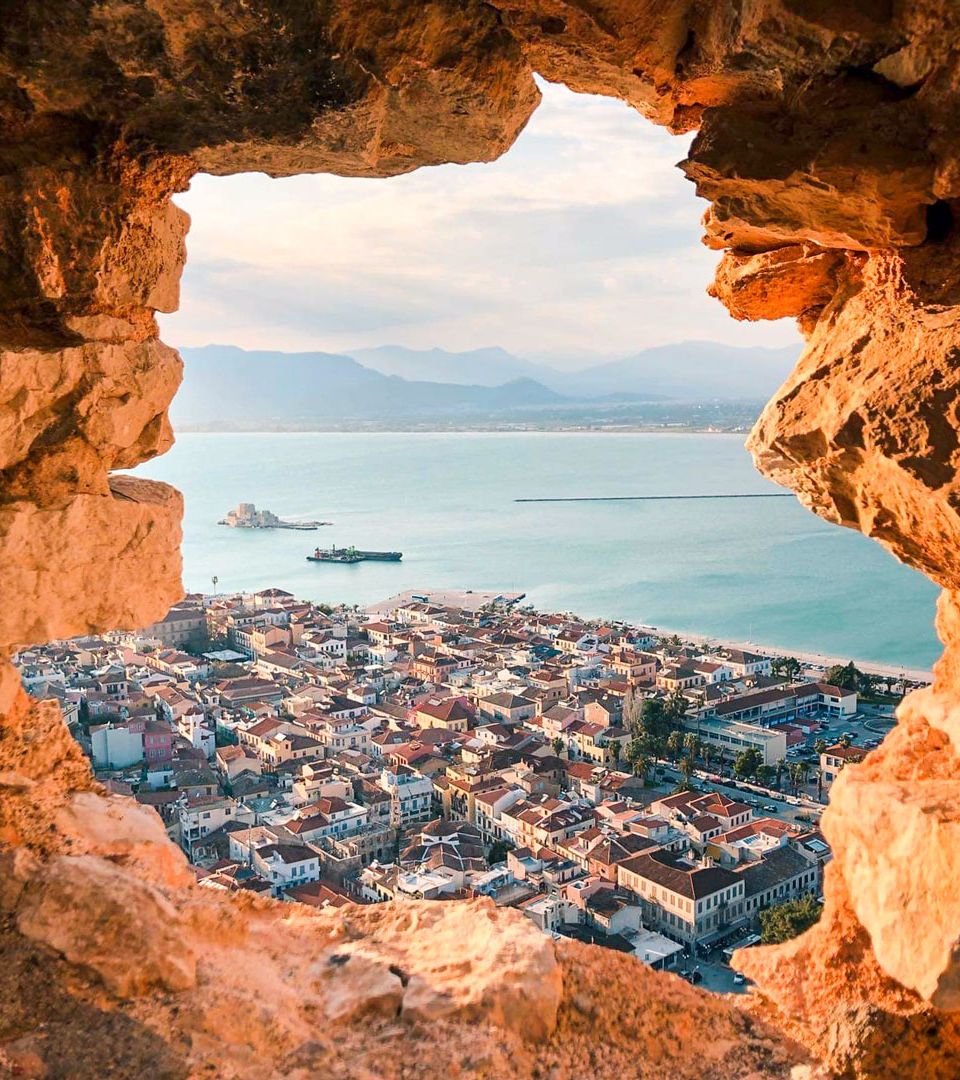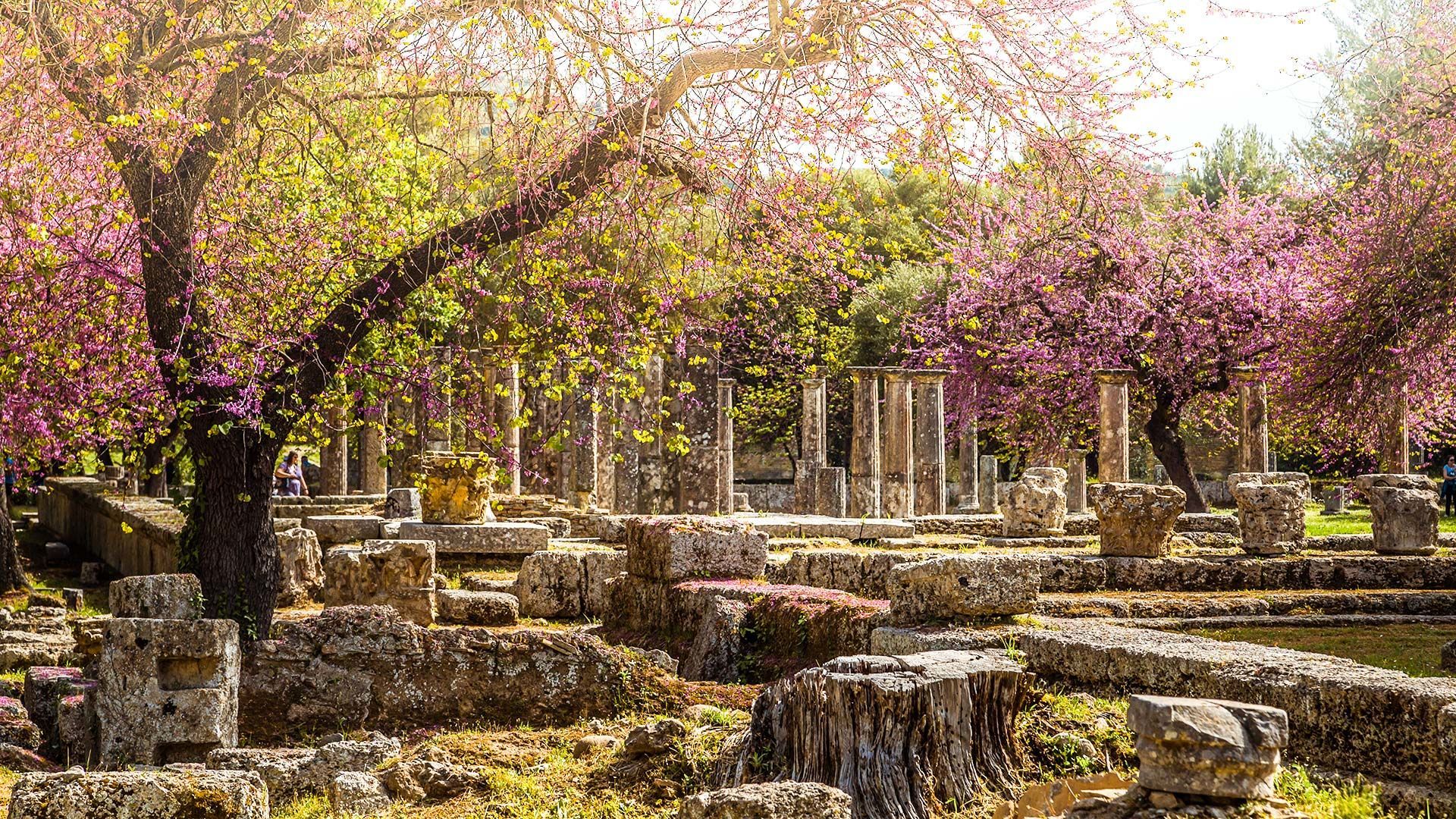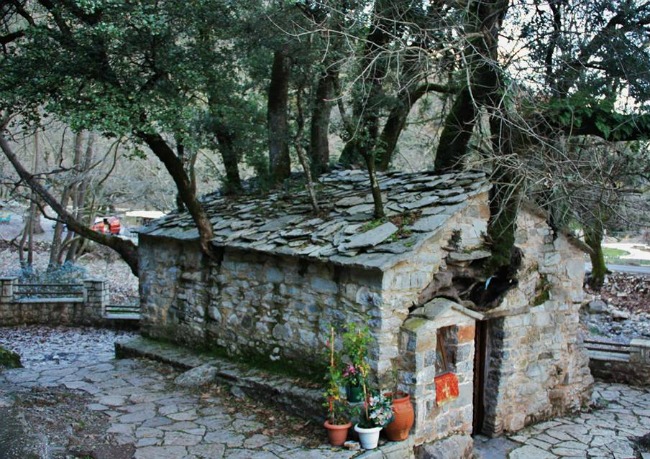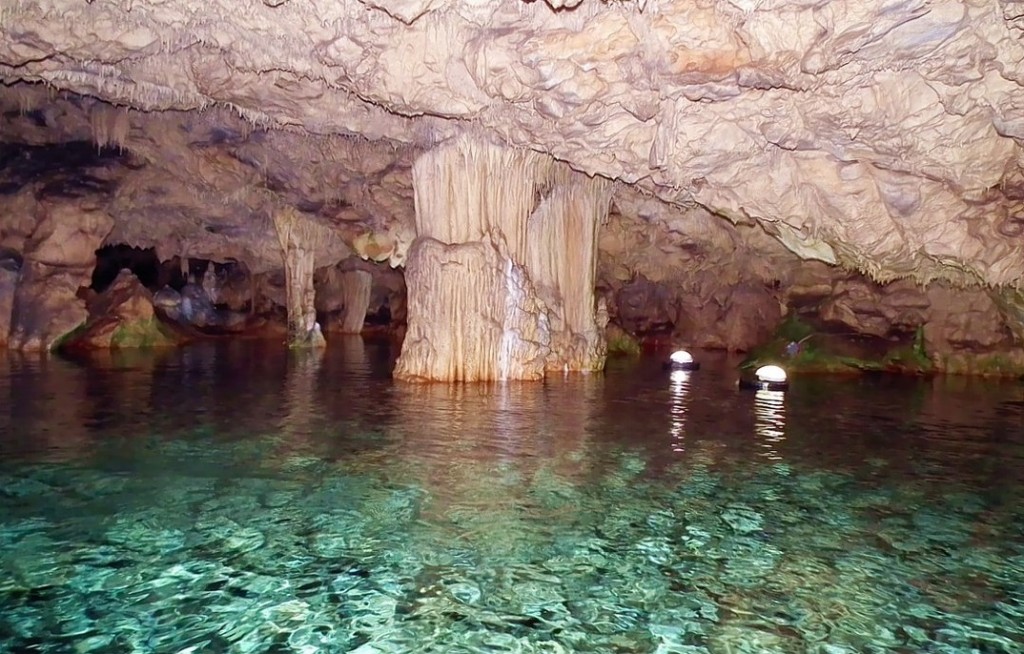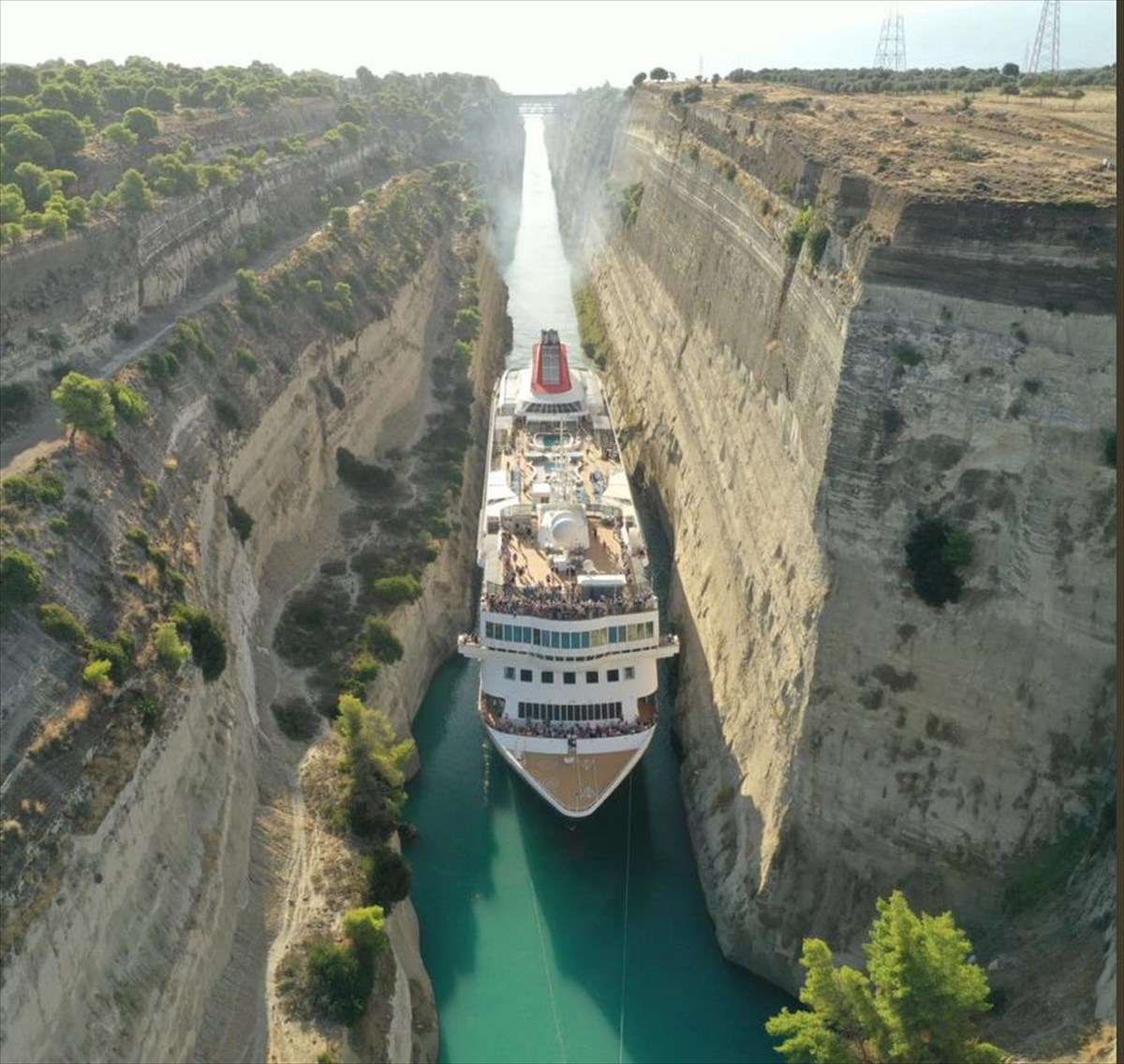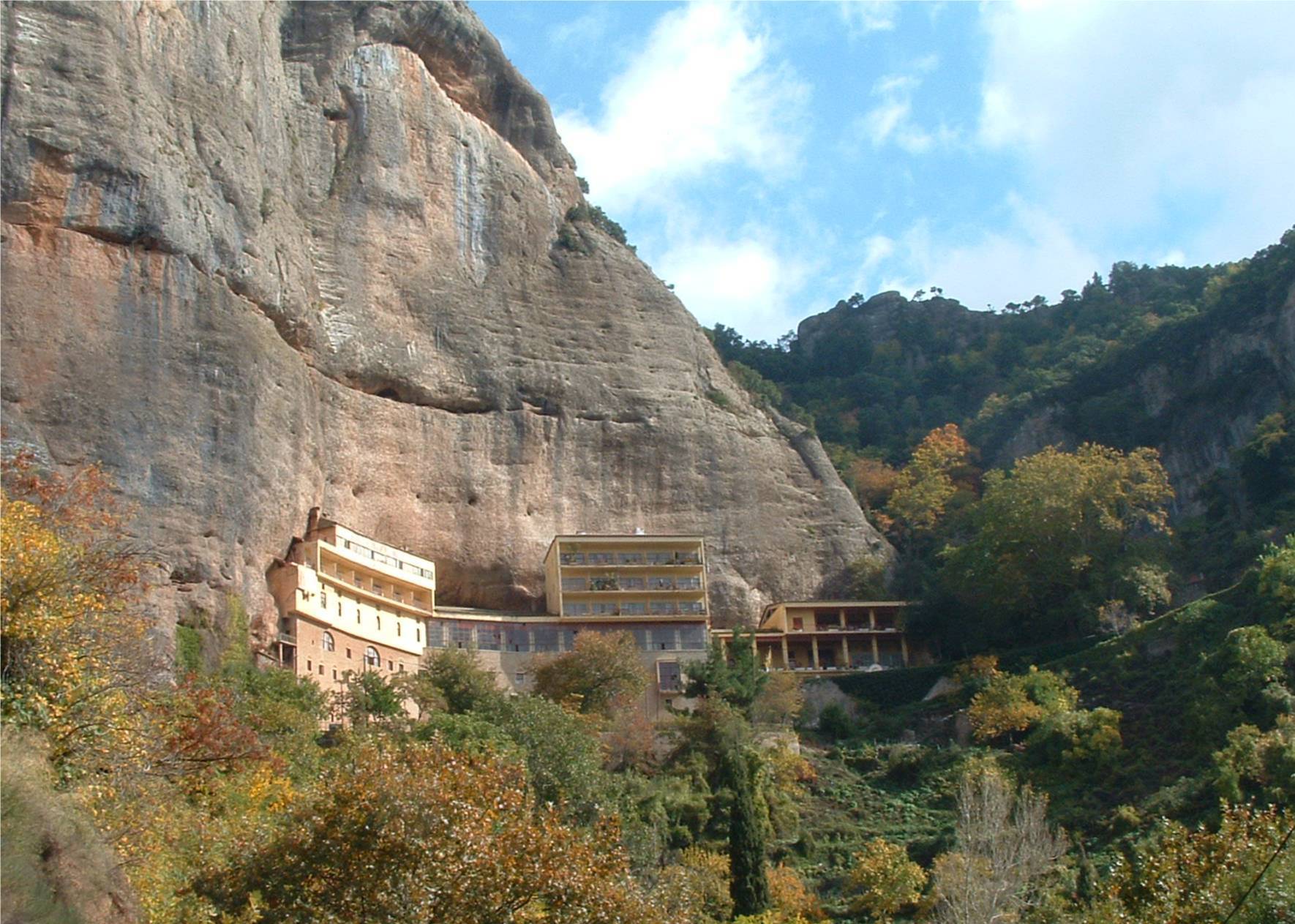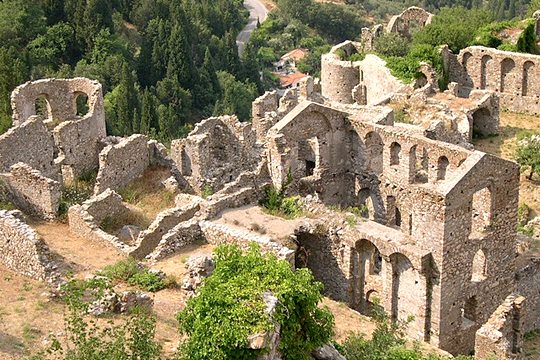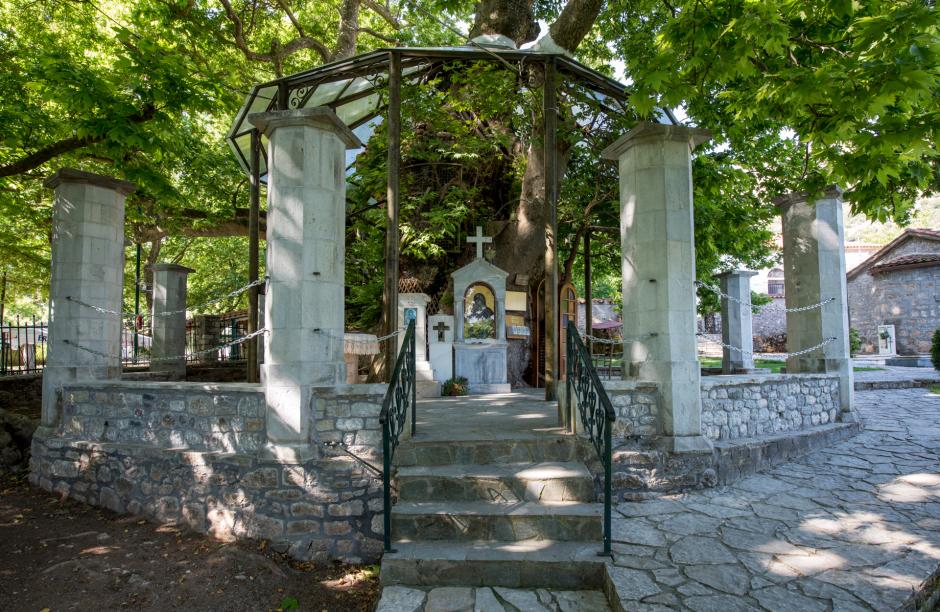Day 1
Start from Athens to Corinth and the Corinth Canal which separates the mainland from the Peloponnese. It is 6.4Km in length and only 21.4m wide at its base, making it impassable for most modern ships. Get ready to cross this canal with a local boat and meet your bus on the other side. Following our program we will visit Epidavros, a living ancient theatre, a one-of-a-kind archaeological site and the famous Asclepius of antiquity – all within a natural landscape. You will be in the most beautiful open-air, ancient theatre in the world. In the birthplace of Psychagogia, meaning entertainment, in the fullest sense of the word. The theatre was built with the intention of being a place for patients to have therapeutic fun. And it is an ancient theatre that is still alive today. Since 1955, sensational performances of ancient tragedies have found their natural home here. A Unesco World Heritage Site, it is still a therapy for the body and soul, whether you attend a play or not. Continue to Nafplion town, the first capital of Greece. Take a small boat to the water castle of Bourtzi which is a Venetian castle located in the middle of the harbor of Nafplion. Enjoy your lunch at a local restaurant and relax the rest of the day to stroll around the streets of Nafplion with the charming cafes and shops.Overnight in Nafplion.
Day 2
After your breakfast we will visit Mycenae, the most important, and lavish, palatial centre of the late Bronze Age in Greece: Homer’s “gold-rich Mycenae”. According to the mythology of Ancient Greece, its founder was Perseus, son of Zeus and Danae. The myth of the Cyclops and the story of Heinrich Schliemann’s discovery of the so-called Mask of Agamemnon is fascinating, as is a tour of this archaeological site. Let’s relax with some wine! Nemea is a wine producing area thus the best way to explore it is through the fruits of its land. A wine tasting of local awarded wine labels will close this day before we depart for Dimitsana village where we will have lunch and spent the night. Overnight in Dimitsana.
Day 3
After your breakfast proceed with a visit to the open-air water power museum which highlights the importance of water-power in traditional society. Focusing on the main pre-industrial techniques that take advantage of water to produce a variety of goods, it links them to the history and daily life of the local society over the ages. On our way to Sparta we will stop at a unique church Agia Theodora Vasta, is a small Byzantine church and has 17 holly and maple trees growing from its roof. Most of them are taller than 30 meters and it’s phenomenal as there is only one root about the thickness of an arm that is visible beside the entrance. Even more amazing is its tiny barrel vaulted interior where, except for one wispy bit of green there is not one sign of the trees or roots. Another fascinating fact about the location is that a river runs beneath this church and irrigates the trees. Agia Theodora’s church has become a popular pilgrimage site for Greeks and her feast day is September 11, where thousands and thousands of people from all across Greece will travel there to pray. Agia Theodora Vasta is known to have performed many miracles for those who pray to her. And now time to learn how to cook local recipes and taste them as well at an organic farm. The farm produces olive oil and wine, strictly through sustainable farming practices and techniques. Start with a guided tour of the farm and discover the story and the people behind this idea. Take a stroll around the veggie gardens. Pick fresh organic veggies and feel closer to nature than ever. Learn how to make delicious meals during a 3 hour cooking class assisted by local chefs. Feast on a traditional meal that included 3 appetizers and 1 main dish accompanied by their own wine and unique drinks such as their very own home made lemonade. Overnight in Sparta
Day 4
After breakfast depart for Mystras, an archaeological site close to Sparta, the Castle Town of Mystras was very strong in the Byzantine times and actually in the last decades of the Byzantine period, this was the second most important town after Constantinople. On top of the castle hill, there was the Palace of the Despots, while Mystras Greece is mostly famous for its several Byzantine churches with the interesting architecture and the valuable frescoes. A famous cave is our next destination. Diros cave is Nature’s Underground Cathedral. It is not just the drop in temperature that gives you the chills as you descend underground to start the 40-minute boat tour of Vlychada, the biggest cave of Diros complex. It is the beautiful and dramatic formations of stalactites and stalagmites, formed millions of years ago, when the sea, located just a few meters away, started to rise and formed the lake we see today. It is the excitement of not knowing what can be hiding in the darkness beyond the illuminated 1.5k route, and the realization of the sheer size of this underground miracle of nature: a series of vast caverns stretching 15k into the rock, with 2,800 waterways – and this is only what we know of so far.
Gerolimenas is a picturesque small coastal village at the southern end of the peninsula, in Lakonia. The name means “Old Harbor”. One of the remotest settlements in the Peloponnese, until the 1970s it was reached mainly by boat. In the past it was a major fishing center, and featured substantial infrastructure such as a shipyard, ice supplies, and a fish market. Today the main industry is tourism. According to the 2011 census its population was 99 inhabitants. Our next stop is the village of Areopolis “city of Ares”, the Greek god of war, where we will walk to the cobblestone streets with the traditional building and have our lunch at a cozy tavern. Overnight in Kalamata
Day 5
Breakfast at the hotel. Start our day with Foinikounta village! Finikounda is a seaside resort with stunning beaches, one of the most beautiful resorts of southern Peloponesse. What it used to be a pirate base in the past is a present holiday haven of rest and relaxation. Next stop Methoni and the castle, Guardian of the port.
As soon as you set foot on the stone bridge with its 14 arches, flirting with the swell, you’ll be impressed by the castle and its imposing gate. A second and then a third gate lead you to the inside of the castle, where there was once a settlement. Among its remains is the pretty church, Transfiguration of the Saviour (Metamorphosis tou Sotiros), the Turkish Baths (dating back to the 19th century), the house of Ibrahim Pasha of Egypt and the Bourtzi, founded. The calm of today belies a troubled past in a city so synonymous with the Battle of Navarino, Pylos! Now it rests peacefully, built in the shape of an amphitheatre below Neokastro, reminiscent of an island hamlet. Enjoy a leisurely coffee in the shade at the traditional kafenia in the central square with its exotic palm trees. Take a stroll along the coastal road and then sit down for a meal at one of its many restaurants. On our way to Ancient Olympia where we will spent the night we will pass by the Divari Lagoon in Gialova. The area includes significant habitats and endangered flora and fauna species, and is part of the European Natura 2000 Network. Apart from its ecological significance, the zone never ceases to amaze with its incredible beauty, attracting not only nature aficionados, but also people from all over the world who come to enjoy the splendor of nature. It is a Wildlife Refuge and one of the Important Areas for Birds in Greece. It is the first stop for the migratory birds from Africa, and it is also home to a great number of mammals, serpents, amphibians and fish. Probably the most significant species that lives here is the very rare and endangered African chameleon. Overnight in Olympia
Day 6
After our breakfast we will visit Ancient Olympia. In the western Peloponesse in the beautiful valley of the Alphios river lays the most celebrated sanctuary of ancient Greece. Dedicated to Zeus, the father of the gods, it lies on the southwest foot of Mount Kronios, at the confluence of the Alpheios and the Kladeos rivers, in a lush green landscape. Although secluded near the west coast of the Peloponnese, Olympia became the most important religious and athletic centre in Greece. Its fame rests upon the Olympic Games, the greatest national festival and a highly prestigious one world-wide, which was held every four years to honour Zeus. According to UNESCO’s World Heritage website, there is probably no ancient archaeological site anywhere in the world more relevant in today’s world than Olympia. The stadium of Olympia where the ancient Olympic Games were held, and the massive temple of Zeus, the largest temple in the Peloponnese, are the site’s most significant attractions. On our way to Kalavryta where we will spend the night we will stop at the village of Diakofto and ride the famous Odontotos, the rack railway service (inaugurated in 1896) which covers the 22km Diakopto – Kalavryta route. The train takes passengers on a tour around Vouraikos Gorge and the route is considered as one of the most scenic in Greece. The train is now one of the area’s features, in harmony with the surrounding nature. Before the train reaches Kalavryta we will disembark to a small village (11 habitants) Zachlorou to have lunch at a small family tavern with plane trees and water running around us. After lunch board the mini bus and arrive in Kalavryta. In this dreamlike setting you will see stone-built houses, small squares, charming alleys, picturesque cafés and tavernas right next to shady plane trees: it’s a destination ideal for those aiming to combine their love for nature with their romantic mood. Overnight in Kalavryta.
Day 7
After breakfast we will board our vehicle to visit the monastery of Agia Lavra. At an idyllic location at the foothills of mount Velia, is the famous monastery of Agia Lavra, which is dedicated to the Dormition of the Virgin Mary. Its history is directly related to the beginning of the Revolution of 1821, which was indicated by the raising of the flag and the oath that the chieftains took by the Metropolitan Germanos III of Old Patras. According to tradition, the monastery was founded in 961 and initially it was located approximately 300 m. higher. It was torched by the Turks in 1585 and operated again in 1600, while in 1689 it was transferred to its present day location. During the Revolution of 1821 it played a significant role, providing money and food. In 1826 it was torched by Ibrahim, but the monks managed to abandon it, saving a lot from its precious relics. It was reconstructed in 1828 with the addition of a third catholicon, but it was destroyed again by an earthquake in 1844 and was reconstructed in 1850. The last great destruction was in the hands of the Germans in 1943 and the final reconstruction took place in around 1950 under the supervision of the well-known architect Anastasios Orlandos. Board your bus to the Cave of the Lakes at the foot of Mt Chelmos. Feast your eyes on the incredible stalactite and stalagmite formations that excite the imagination and explore the cave’s unique 13 lakes and cascading waters arranged in three levels. Enjoy lunch in 700m altitude, between plane trees over 100 years old and rivers, at a family owned restaurant with its own trout fish farm. After lunch depart for Athens with a short stop to Mega Spileo monastery. It is built on the slopes of a steep side of a rocky hill, at a height of 924m, providing great views from its balcony. The monastery’s architecture reminds of a fortress and it has eight floors. The cells of the monks are built around a cave. The Monastery of Mega Spileo was originally built in 362 AD, when a shepherd girl found an icon of the Virgin Mary inside a cave. The icon was made of wax and mastic and it is believed that Apostle Luke painted it. In 840 AC, Mega it was burnt down by a religious group, known as Iconomachs. It was rebuilt in 1285 by the emperor Andronikos Paleologos but suffered many destroying fires along its history. In fact, a fire in 1600 burnt down the valuable library of the Monastery which had many rare manuscripts. Another fire in 1934 destroyed some precious relics. Two years later, the monastery was rebuilt but in 1943, it suffered another destruction: the Nazi German troops, after the massacre in Kalavryta, put the Monastery of Mega Spileo on fire and killed its twelve monks and its staff. In our days, in spite of all these damages, the Monastery of Mega Spileo is an imposing construction with a 17th-century church that hosts remarkable frescoes, mosaic floors and a bronze door with relief decoration. The Monastery also hosts a museum that displays carved wooden crosses, antique manuscripts, and Holy Gospels. A good number of its important relics are also kept in a special hall. The Monastery celebrates every year on August 15th, on the name day of the Virgin Mary, who is its saint protector.
Visit:
- Corinth canal
- Epidavros theater
- Nafplion
- Mycenae
- Sparta
- Mystras
- Diros cave
- Methoni castle
- Gialova lake
- Kalavryta and rack railway
- Ancient Olympia
- Mega spileo monastery
- Cave of lakes
1 overnight in Nafplion
1 overnights in Dimitsana
1 overnights in Sparta
1 overnights in Kalamata
1 overnight in Olympia
1 overnight in Kalavryta
Mini bus on disposal for 7 days
Breakfast 6, lunch 7
Licensed guide in all archaeological sites
Rack railway tickets
All entrance fees
Cooking class
Wine tasting
Tour leader for 7 days
Liability insurance & extra travel insurance
VAT, tolls and all local taxes
Exclusions:
Accomodation tax 1,5-3 € per room per night
Anything not mentioned as included

